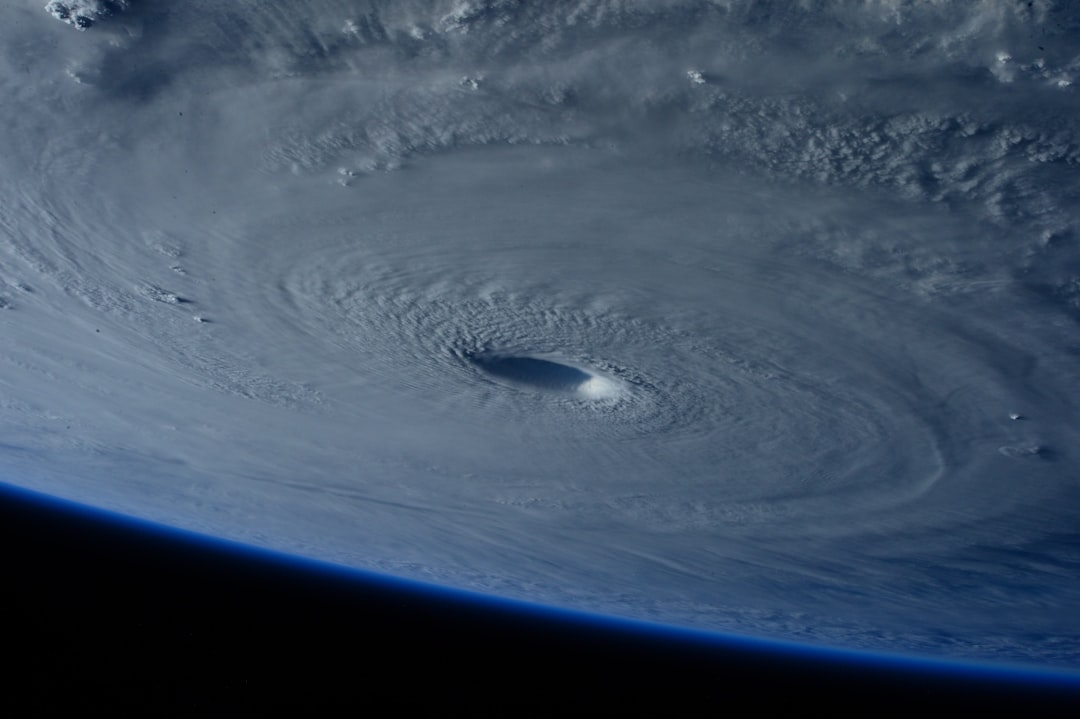What is it about?
In this article we describe a new set of microstructure turbulence measurements of abyssal mixing made on the Equator in the eastern Pacific Ocean. These measurements show that near the Equator mixing can exhibit a seafloor-intensified vertical structure even over smooth topography and with intensity similar to that driven by tidal flow over rough topography. A downward-propagating equatorial wave with sufficient energy flux to drive the mixing was observed in the upper ocean over the same time period. There are several possible mechanisms through which such a wave could drive seafloor-intensified equatorial mixing. The horizontal component of Earth’s rotation can result in wave trapping and amplification near the seafloor near the wave’s inertial latitude. Inertial instability initiated through wave-driven displacement of fluid away from the equator may also contribute. Finally, the generation of lee waves over smooth topography at low latitudes and their subsequent breaking is another viable mechanism for the mixing. These observations suggest that more attention should be devoted to measuring and understanding mixing in the abyssal equatorial oceans because of its potentially unique character and implications for the global overturning circulation. This article was also the subject of several media releases by Stanford University and the Environmental Monitor (see Resources for links)
Featured Image
Why is it important?
This work is unique because it constitutes one of the first sets of direct turbulence measurements of abyssal mixing on the Equator. The key result is that seafloor-intensified mixing can occur over smooth topography here. This is in contrast to much of the recent observational literature that suggests that intense abyssal mixing is generally found only over rough topography. The mechanisms that we suggest may have generated the mixing may be unique to the equatorial region and have received little attention. These observations therefore serve as motivation for further measurements and further numerical and theoretical investigation of abyssal mixing at the equator.
Read the Original
This page is a summary of: Evidence for seafloor-intensified mixing by surface-generated equatorial waves, Geophysical Research Letters, February 2016, American Geophysical Union (AGU),
DOI: 10.1002/2015gl066472.
You can read the full text:
Resources
Intense deep-ocean turbulence in equatorial Pacific could help drive global circulation
A press release written by Ker Than from the School of Earth, Energy and Environmental Science at Stanford University highlighting the findings and importance of this article.
Study Of Deep Turbulence Reveals Ocean Currents Insights
A press release written by Daniel Kelly from the Environmental Monitor describing the article and the sensor technology that enabled the measurements presented here.
Contributors
The following have contributed to this page










